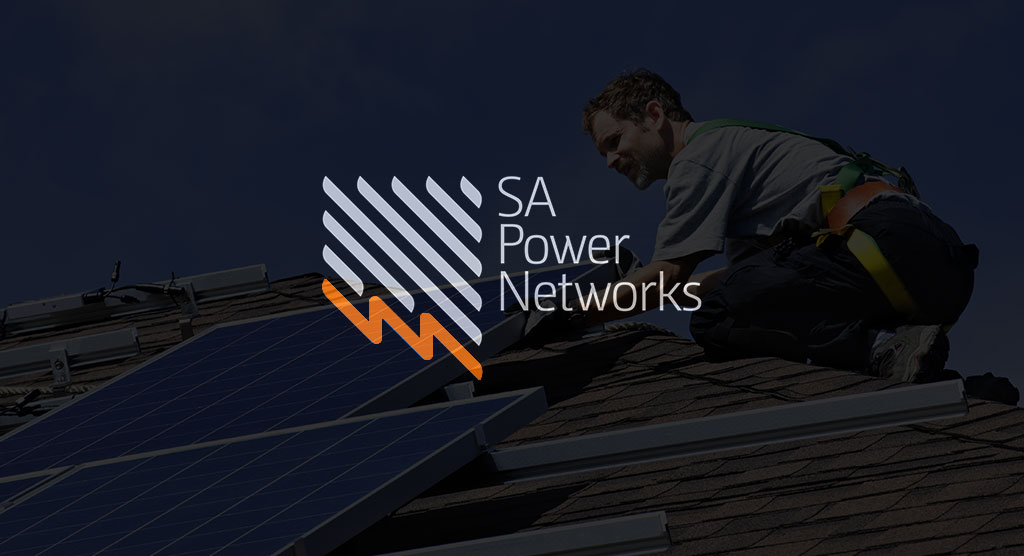
SA Power Networks update to TS129 imminent with coming change to 3-phase export limit
Latest information we have is the change is expected to be introduced on the 31/5/19.
In Summary: SA Power Networks will be reducing the export capacity of 3 phase system under <30kW from 10kW per phase to 5kW per phase for a total of 15kW.
What this means: The solar generation that is not consumed by the property is called export and customers receive a payment called a “feed in tariff” for this export which can be anywhere from 6c to 20c depending on the retailer and the retailer contract. With the change if a system greater than 15kW is installed, for example a 20-30kW system, during low consumption but high generation periods where >15kW is available to be exported, the inverter will ramp down production to ensure that only a maximum 15kW total is being exported. Usually 30kW systems on small businesses would consume a large amount of the generation during business hours, however out of business hours (weekends and public holidays) they will find the system may be ramping down and they will some of the export benefit.
Other customers with low use who have oversized a system in order to use the feed in tariff payments to offset their import payments will be affected far more and this type of setup may no longer be financially viable.
Extract below from https://www.sapowernetworks.com.au/data/304457/small-embedded-generation-new-application-form-inverter-requirements-and-three-phase-export-limits/
“The rapid increase in the installed capacity of inverter energy systems (IES) across South Australia into an electrical network originally designed for one way energy flow has presented a number of challenges to the safety and reliability of the distribution network.
It is important to remember, every powerline has a finite capacity to accommodate the connection of solar and batteries, before technical issues arise. Remediation of these issues in some areas is uneconomic and is not in the best long-term interests of all cost sharing electricity customers.
As we transition towards a more sustainable future, we need to minimise the risks associated with the export of energy to the SA Power Networks network and the related voltage rise while allowing for further IES to be connected without extensive network augmentation.
With this in mind, we will be lowering the export limit for three-phase IES from 30kW to 5kW per phase (total maximum of 15kW), with a balanced output with no more than 5kW unbalance between any phases as per AS/NZS 4777.1.
This is consistent with Energy Networks Australia (the national industry association representing Australian electricity networks and gas distribution businesses.) releasing the National Distributed Energy Resources Grid Connection Guidelines on 7 March 2019. In preparing these guidelines, Energy Networks Australia (ENA) consulted broadly with industry including the Australian Energy Market Operator, the Australian Energy Market Commission, state and federal governments and the Clean Energy Council as well as each of the fourteen utilities across Australia.
As part of the technical guidelines for three-phase connections, the site export limit of the IES has been set at 5kW per phase with a balanced output with no more than 5kW unbalance between any phases as per AS/NZS 4777.1.
These guidelines are the first nationally consistent approach for installation of distributed energy resources (DER). It is expected all other distribution utilities will be aiming to standardise their technical requirements (including three phase export limits to 5kW per phase).
What does this mean for you?
The export limit for three phase IES systems will be included in the planned update of Technical Standard TS 129, which we anticipate will be published early May 2019. This is to inform you of this future change, so you can be prepared.
Please note that all applications are assessed based on the current technical standards at the time of submission. Meaning that until the updated TS 129 is published, current three phase technical standards apply.”
Solar Installations
With a host of government incentives and lower panels prices there is no better time than now to consider a solar installation for your home.
Energy Efficiency Audits
Through analysing your equipment and energy usage patterns we can work with you in coming up with an Energy Efficiency Plan. A good Energy Efficiency Plan in many cases can reduce a sites base load by up to 30%.
Finance Options
Take advantage of taxation incentives and reduce capital expenditure by leasing your energy efficient improvement. A lease option offers excellent an excellent return on investment.
